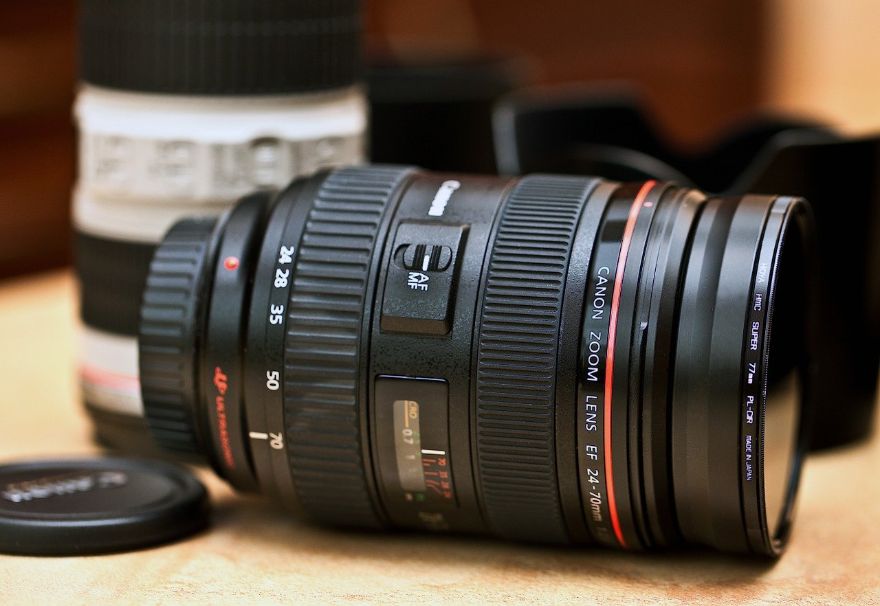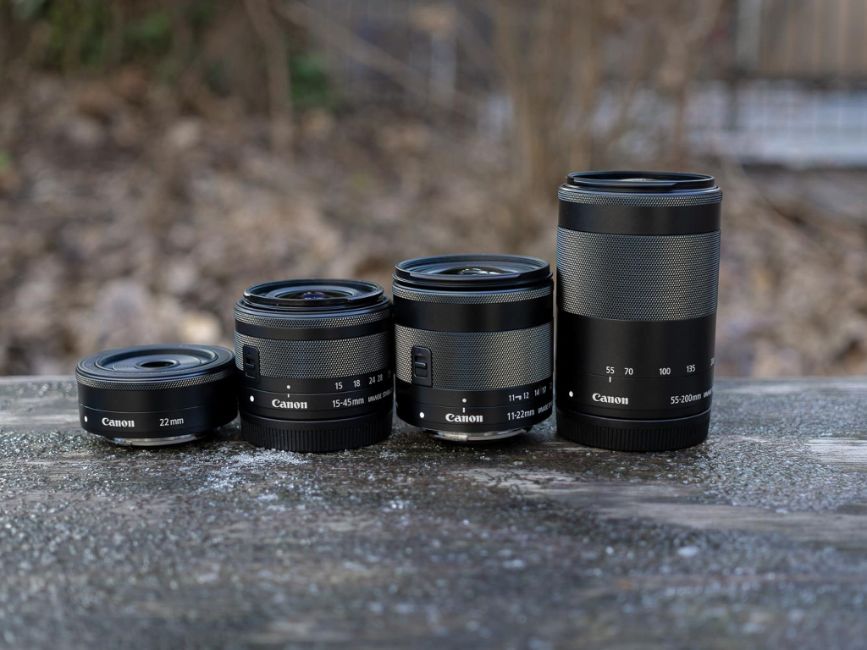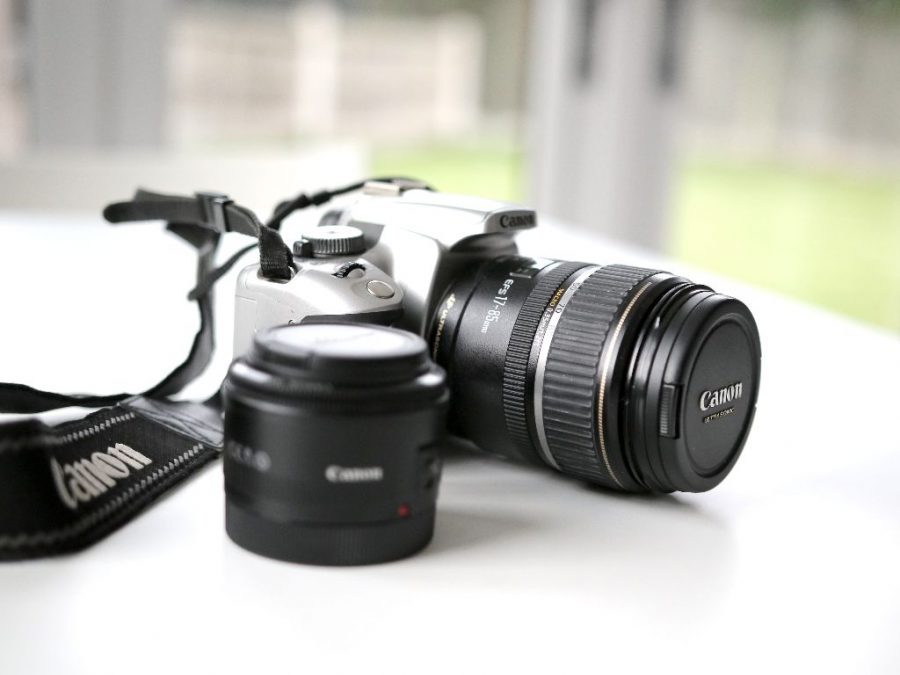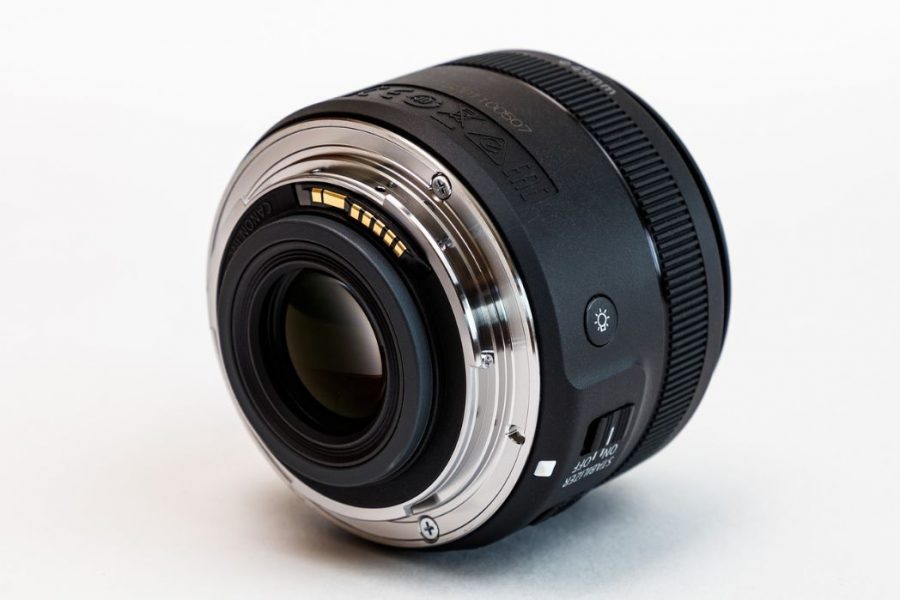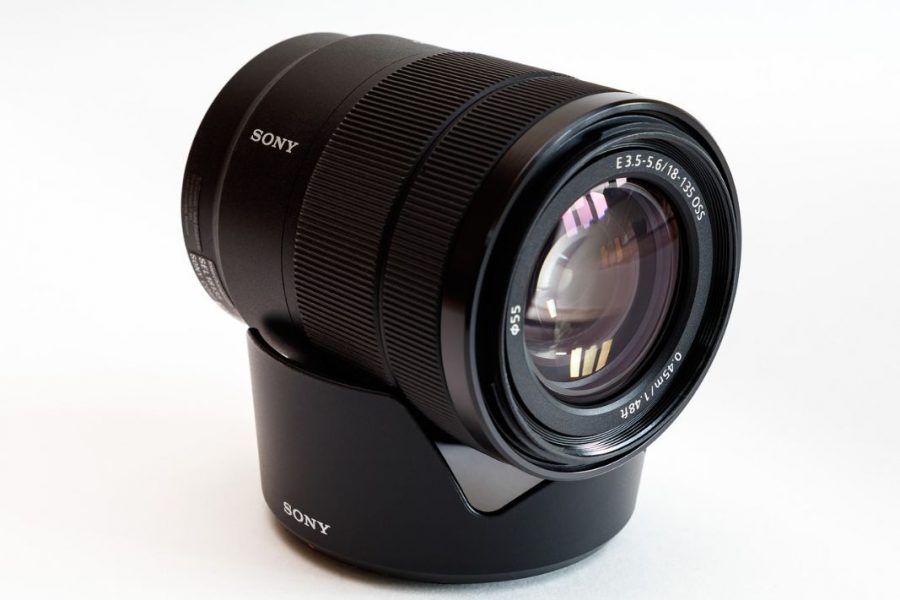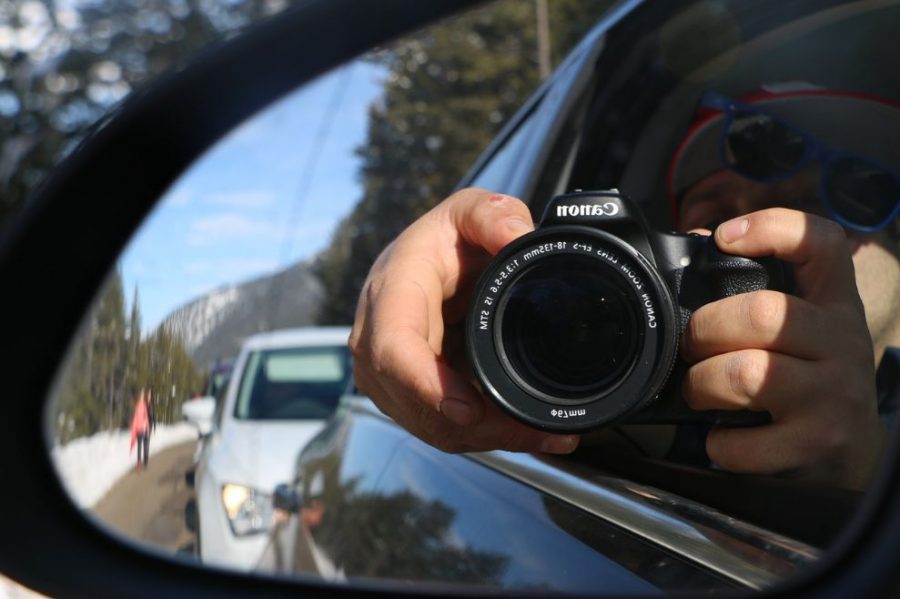If you have a Nikon DSLR camera, you probably need to look for the right set of lenses for it. And if you’re using a DX camera, you’re faced with a variety of lenses to choose from.
Hence, if you want to know about the best Nikon DX lenses and what they’re good for, you’ve come to the right place. Both professionals and amateurs can reap their benefits as these lenses are more economical and lighter than FX lenses. And if you’re into wildlife or sports photography, then this is the lens you need.
New lenses come out every year, and as a photographer, you have to keep up. To help your cause, we present you with the top Nikon DX lenses. And for our beginners, we will tell you all about the things you should look for before buying a Nikon lens.
Best Nikon Dx Lenses Reviews
Please be informed that this is a Nikon DX lenses review guide, so we have excluded third party lenses.
1. Nikon AF-S DX NIKKOR 35mm f/1.8G Lens
If you’re asked to buy the one lens that will give you the most out of your DX camera, then this is the one you should pick. An all-round lens that will let you take pictures with a natural angle. Meaning you can take great pictures regardless of your experience as a photographer.
We have been raving about its all-round capabilities, and you probably want to know why. Well, for starters, with 35mm focal length is as standard as you can get to take pictures in the most natural angles. On top of that, it’s equally good for focusing on the specifics while blurring the background.
If you truly want to witness the magic of this lens, you will find it while taking low light pictures. Whether it’s the beauty of a sunset or a night street, you can capture it all in its vibrant form. Furthermore, this is great from blurring the background as well as shooting the environment. Focus on your subject while taking as much of the environment as you need. The only limit to this is your own imagination.
👍 Pros:
- Perfect for capturing low-light shots
- Blurs the background with precision and efficiency
- Lightweight and easy to position
- Captures great environment shots along with the subject
👎 Cons:
- Slight barrel distortion can be witnessed
2. Nikon AF-P DX NIKKOR 10-20mm f/4.5-5.6G VR Lens
DX lenses have always favored telephoto zoom over wide-angle shots. But that was before the Nikon AF-P DX. This is undoubtedly one of the best Nikon DX wide-angle lenses that you can pair with your camera.
As a beginner who is yet to find their true callings, if you want a camera that can give you focused shots as well as wide-angle zoom, then we recommend this hands down. But for more seasoned photographers, this will be great for landscape or street photography. Finally, Architects will also fancy this one for the wide range of shots they can take with this.
This is great for those who like experimenting and playing with all kinds of options. Fiddle with your composition by getting as close as 0.8 feet and also take pictures of backgrounds and the environment.
And for the people who also enjoy recording videos, they will surely appreciate the vibration reduction features on this. Whether it’s your shaky hands or recording films, capture the most stable photos or video with supreme ease.
So, for landscape photographers who are looking for a reasonable DX lens, this could be a perfect choice. Further, it’s light, and if you want to keep a lens for your on-the-go expeditions, this is the companion to have.
👍 Pros:
- Affordable and lightweight
- Image stabilization and vibration reduction features produce good videos
- Great for landscape, architecture and environment photos
- Options for fiddling with a composition
👎 Cons:
- Not the best for low-light shooting
3. Nikon AF-S Nikkor 50mm f/1.8G Lens
This is the on-the-go camera that you may carry with you at all places. Whether you’re taking group pictures or admiring the streets as you go, the natural images on this will rightly capture what you want to. Which also makes this a great lens for recording travel documentaries. As this pretty much captures the images like you see with your eyes, the output is also the rawest and natural.
When exploring, you can’t control the weather, but with this device, at your disposal, you won’t have to wait for the right light to capture stunning instances. This will capture the aesthetics with brilliance and give you your desired results.
But what we really love about this is, even being a standard lens, it can shoot with precise focus. If you want to take a picture of your subject while blocking the background, it will do so beautifully. And the added bonus of using a brand like Nikon is it does much more than it shows. With quick auto-focus features, you can also click photos that are sharp even in a wide aperture. So, if you need the sharpest Nikon dx lens for taking the clearest shots, this ticks the box.
👍 Pros:
- Great for both outdoor and indoor photos
- Portable and perfect travel companion for anybody
- Can shoot in all-light environments without any issues
- Gets sharp and wide photos
👎 Cons:
- A standard camera so it might lack in contrast
4. Nikon AF-S DX Micro NIKKOR 85mm f/3.5G ED VR Lens Base
When you hear DX lenses, you immediately picture stunning telephoto or macro images. And if you are looking for exactly that, this is the lens for you. Be it wildlife or sports shooting; it’s hard to compete with the close-up quality of this one. With these Nikon DX VR lenses, close-up shots will never be the same again.
The most important criterion for a telephoto lens is how it can stabilize the image. Even a slight distortion will completely ruin the image. And that is why you need a lens that you can trust and has the technical prowess to deliver at the highest stage.
And that is exactly what you will get from the AF-S DX lens. With its VR technology, you can get the sharpest images while being at a safe distance. Further, when recording handheld videos, you get stable and firm shots that only Nikon can give you.
One thing we love about this is the silent wave motor technology that has the best quiet and autofocusing features that you will find. But as this is a camera-specific to macro shooting, you can also use SWM to manually focus on your subject. Further, you also the extra-low dispersion feature for getting sharp and colorful pictures.
👍 Pros:
- Technically adept for telephoto and macro shooting
- SWM features for accurate and easy focusing
- Pictures with good contrast, color, and sharpness
- Image stabilization lets you take stable shots and videos
👎 Cons:
- Weighs a bit more than other lenses
5. Nikon AF-S DX Micro-NIKKOR 40mm f/2.8G Close-up Lens
A photographer sees beauty in the most subtle things and to capture that subtleness they need lenses with the most precision and delicacy. That is exactly what they will get from the AF-S DX 40mm. To take close-up shots like never before, this will broaden the horizons of your shots to a limitless zone.
Take pictures of every small or big subject around you and see them in a completely new vision through the help of these lens. It has much potential for a professional to exploit. To reveal stunning beauty from unseen and subtle dimensions, this will make the perfect companion for expert eyes that view the world with their unique sight. But it’s hobbyists will also enjoy taking natural pictures with high-quality.
What makes this so exceptional is how it can isolate the subject from its surroundings. Take pictures of people, food, or animals while not merely blurring the background but also focusing on the subject solely. But while we are talking of backgrounds, it does blur it naturally. It won’t give off the effects of a photoshop blur; the clarity of the blur will be distinguishable right away.
And for wildlife photographers, this has all the features they need. While some Nikon lenses require the addition of SWM, this one comes with it. As a result, the quiet operation becomes easy.
👍 Pros:
- Great for shooting close-ups, portraits, wedding pictures, wildlife and more
- Has built-in SWM technology
- Accurate blurring and focusing
- High-quality pictures that look professional
👎 Cons:
- One of the pricier lenses
Buying Guide for Best Nikon DX Lenses
While most of this is probably known to seasoned photographers, but we would still like to mention them for our new viewers. Seeing all the numbers attached to the camera can get anybody confused and in panic, but hopefully, after this short-read, things will become clearer.
Focal Length
Usually displayed in mm, this is one of the first things to notice in a lens. Why is the focal length so important? Because with one glance at it, you can pretty much tell what kind of lens it is and what it’s best for.
Without going into the technicalities of a focal length, we will explain what you need to know about it. The focal length basically describes how much of the view will be captured by your camera. While logical assumptions dictate that higher mm means wider pictures, the true story is exactly the opposite. The longer the focal length is, the view will be narrower. Meaning for close-up shots, you need the high focal length, and for landscapes and wide angles, the less focal length is preferred.
Types of Camera Lenses
Although it’s based on the focal lengths, names make it a lot easier to work with. Some of the main types are wide-angle, standard, telephoto, and macro. While there are other distinctions when it comes to lenses, these four will give you the general idea to help you figure out the type of photographer you wish to be.
The wide-angle, as the name suggests, is best for wider pictures. So, if you want to click photos of landscapes, environment, and architecture, you go for wide-angle cameras. Their focal lengths are usually between 14mm – 35mm. Standard cameras can have ranged up to 85mm and are good for natural pictures and travel documentaries. If you’re a hobbyist, this is the one to go for as you get the best of everything in them.
Now, this is where things get trickier, both telephoto and macro will give you close-up shots so which is what? Telephoto lenses are mainly for portraits, wildlife, and sports pictures. And if you want to get closer like taking a picture of a water droplet on a leaf or shots of eyes of an animal, macro lenses will have the adequate technologies to get you sharp and accurate images.
Vibration Reduction
If you want to record handheld videos or take close-up shots, having VR in your lens is a must. Without them, you will have to have very firm and steady hands. And even then, the result might still be shaky and distorted.
Weight
This is perhaps the most ignored factor when it comes to beginners. You might think holding a camera won’t wear you out, but trust us, it most certainly will. Hence, letting yourself be swayed by lightweight lenses won’t be the worst thing.
Frequently Asked Questions (FAQs)
Which is better, DX or FX?
DX lenses have a smaller sensor than FX. They’re the more affordable and lightweight alternative to the more expensive FX lenses that the market was searching for. Both are great at what they are meant for. FX having a bigger sensor can take wider images with better clarity.
Can I use a DX lens on an FX camera?
Yes, DX lenses work on FX cameras. However, the compromise is made by the camera, and it automatically crops part of the frame to prevent vignetting around the edges. But the lenses are interchangeable, and you can also use FX lenses on DX cameras.
Are third party lenses as good as Nikon DX?
Third-party lenses are the cheaper alternative for Nikon lenses. But for the best results, it is recommended to use Nikon lenses are the best for bringing the best out of their cameras. And these are built to last. However, third party brands offer a cheaper price.
Final Words
While we mentioned earlier that this list would include Nikon lenses only, the list wouldn’t come out all that different even after including other brands. Because when it comes to going up against the best Nikon DX lenses, it is difficult to compete against them. However, the final decision is still for you to make, and you can judge it yourself.






